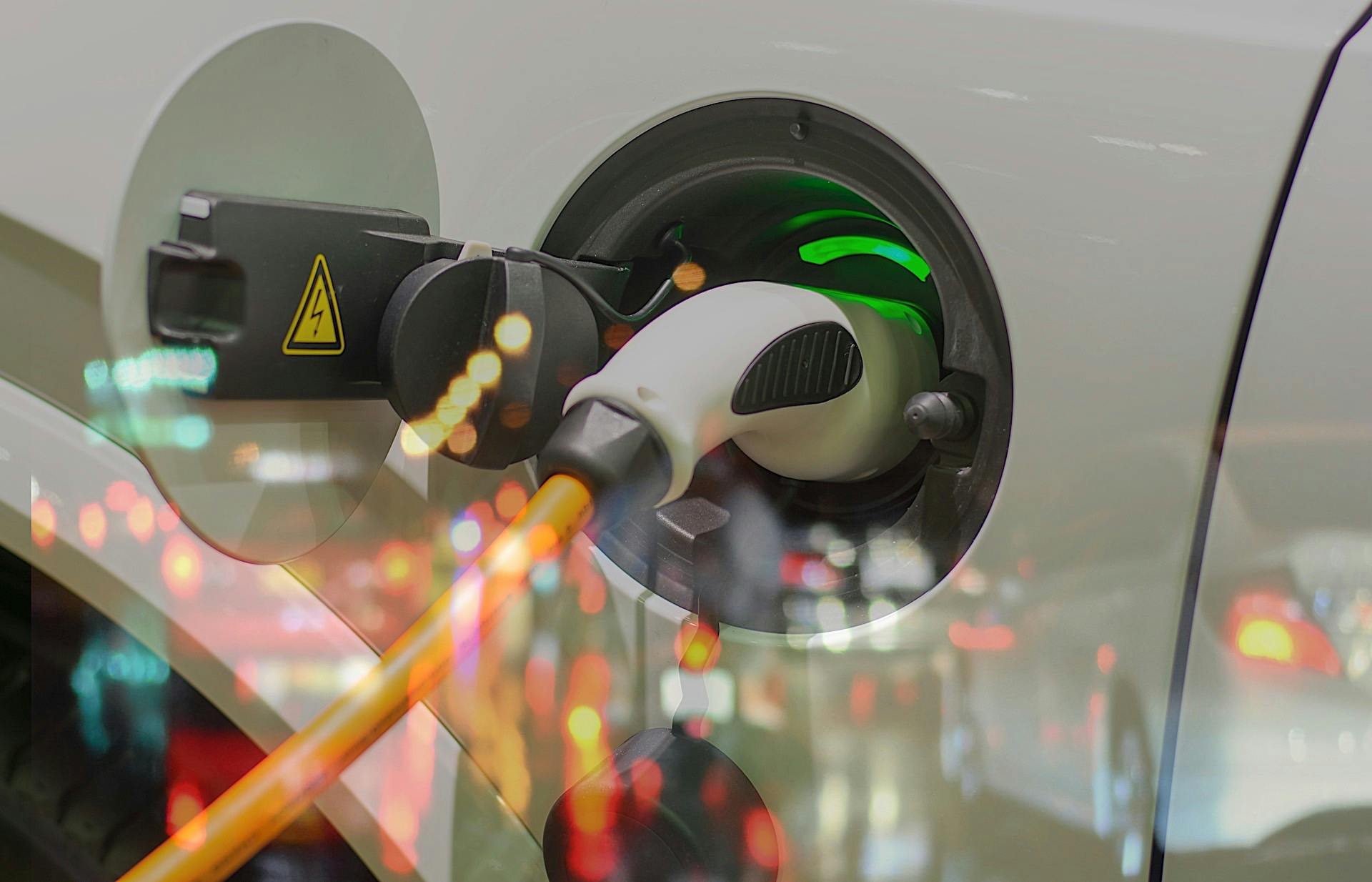So, you’ve decided to go all-in on electrification. You’ve got the 240-volt level 2 charger in your garage and you’re getting ready to trade in your old vehicle for an electrified one. We’re sure you’ve got questions and we’re here to answer them, including the most basic one: what is an electric vehicle or EV? An electric vehicle or EV in the most fundamental sense is a car, truck, or SUV powered solely by an electric motor backed by a battery.
What’s the difference between an EV and a hybrid?
Unlike a hybrid (which you can read more on here), an EV relies solely on the electric motor and a battery, usually a lithium-ion unit. Hybrids have an internal combustion engine helping power the vehicle and can act as a generator that recharges the battery.
Depending on the vehicle and the size of its battery, an EV can travel between 100 to over 400 miles on a single charge. Charging times also vary based on the battery type and size. Most mainstream EVs like the Chevrolet Bolt EV, Hyundai Kona Electric, and Nissan Leaf use a 60-kWh lithium-ion battery, which takes around nine hours to fully charge using a level 2 charger or 45 minutes to bring it up to 80 percent via a level 3 fast charger.
Some luxury EVs like the Porsche Taycan and Audi e-Tron use an even larger 90-kWh battery. However, in these applications, the larger batteries are used for performance, allowing the vehicle to offer exceptionally quick acceleration. Teslas also use similarly sized batteries for their Performance and P100D variants to achieve mind-blowing straight-line performance. Non-performance versions of the Model 3, S, X, and Y use the massive batteries to achieve a range of 300- to 400 miles on a charge depending on the model and wheel size chosen, the latter of which is crucial in maximizing overall range.
Are FCVs also EVs?
While battery electric vehicles are the most common type of EVs on the market, there is one other type of EV that’s a bit more unique: the hydrogen fuel cell vehicle or FCV. So yes, FCVs are indeed EVs, they just operate a little differently. Instead of charging the battery, FCVs feature huge tanks to store hydrogen, which undergoes a chemical reaction in a fuel stack with the air entering from the grille. The reaction creates electricity to charge the battery that powers the electric motor. Water is the only thing coming out of the exhaust tip of an FCV. Like all electrified vehicles, FCVs have regenerative braking capabilities, allowing it to recharge the battery when coasting or slowing down.
At the moment, there are only three FCVs available for sale: the Honda Clarity, Hyundai Nexo, and Toyota Mirai. All three vehicles are limited to specific regions, mainly California. A year ago, Mercedes-Benz showed off a GLC F-Cell concept, which featured plug-in fuel cell powertrain but the SUV hasn’t seen production. Genesis also showed off a fuel cell plug-in hybrid powertrain three years ago when it showed off the GV80 SUV in concept form at the 2017 New York Auto Show.
Should I buy an EV?
If you have easy access to charging infrastructure or can plug in at home, an EV should be easy to integrate into your life. However, you must also take into account how much you drive, what your commute is like, and how you use a vehicle. While some EVs, like Teslas, can work as your only vehicle to do everything, most won’t because the charging infrastructure isn’t up to the same level of widespread use as the Supercharger network. If that’s the case, it may be best to keep the EV as your main daily runabout for commuting, short family trips, and running errands while the hybrid or purely internal combustion vehicle can do all the road tripping. However, if you don’t use your car for long drives, an EV is an easy transition as long as it fits all of your requirements. In the case of an FCV, make sure you have good access to hydrogen fuel stations that way you don’t have to get out of your own way to refuel your vehicle.

